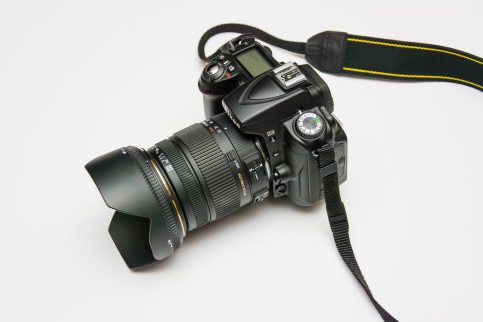Commissioned photography: no counterfeiting when the prints come from precise instructions from the customer
According to a decision of the Court of Appeal of Paris dated January 22nd, professional photographers cannot prohibit the reproduction of their photos, realised under precise instructions from the client, on other media than those provided for at the time of the order and therefore not provided for in the contract.
In the beginning of 2013, a professional photographer was solicited by an advertising film production agency to take high-end « packshots[1] » pictures, in order to advertise the products of a cosmetics company.
As part of this campaign, the photographer took four photographs of lipsticks and three photographs of a mascara, in accordance with the cosmetics company’s precise guidelines.
The photograph later granted to the production agency, by invoices, the press, web and merchandising rights on these photographs, for a period of one year.
However, in 2016, the photograph noticed that the cosmetics company, since bought by another company, still used these photographs « to illustrate the make-up products on any medium ».
After an unsuccessful formal notice and attempt at an amicable settlement, the photographer sued the company that had bought the former cosmetics company before the Paris Tribunal, under copyright infringement and parasitism.
While the Tribunal dismissed the originality of the photographs in question, the photographer argued before the Court of Appeal « that these photographs are not a faithful representation of the objects photographed, but rather an idealized and fantasized representation, a reflection of his personality. ».
Nevertheless, the Court of Appeal considered that the choices made by the photographer « such as the effects of contrast between the container with saturated colours, on an entirely white background, the staging and orientation of the product, the play of brilliance and reflections revealing the materials of the object, the succession of reflections ranging from white to grey suggesting that light comes from the back of the product » were not the result of arbitrary decisions by the photographer but of « precise indications » of the cosmetics company, « which the photographer has endeavoured to reproduce both in terms of the staging and the effects of brilliance and reflection. »
The photographer’s freedom in terms of framing (…) appeared to the Court to be very limited, and « the post-production/retouching work carried out to obtain the desired photograph does not appear to be the result of a bias on the part of the photographer, but of technical work intended to achieve the result desired » by the cosmetics brand « particularly in terms of reflection, as illustrated by the shots [said brand] attached to its guidelines ».
In conclusion, in order to take the photographs in question, the photographer did not demonstrate « having made personal and arbitrary choices of subject, the staging of the object photographed, the composition, the framing, the angle of the shot or the modifications after the shot was taken, reflecting his own approach and aesthetic research, revealing his personal skills and sensitivity. He followed the precise guidelines of the Bourjois company to reproduce as closely as possible the precedents that were submitted to him. »
Finally, the Court did not find the cosmetics company guilty of any parasitic behaviour, insofar as the invoices included the mention « Rights and royalties », did not include « in any way a limited duration in time », and did not exclude the uses reproached by the photographer to the company « namely the use of the pictures in store windows or for promotional purposes on its website to illustrate products intended for sale », and since « the use of these photographs on the websites of third party companies » could not be opposed to the cosmetics company, as « no details regarding a limited exploitation of the reproduction of the « packshot » were found », contrary to what the photographer alleged.
Our Law Firm UGGC and its team of lawyers specialized in copyright law are at your disposal to assist you in the protection of your legal and economic interests.
By the IP/IT team of UGGC Law Firm
Source: Paris Court of Appeals, Pôle 5 – Chamber 2, January 22, 2021, No. 19/10814
[1]Des plans d’identification d’un produit, selon l’arrêté du 24 janvier 1983 relatif à l’enrichissement du vocabulaire de l’audiovisuel et de la publicité
